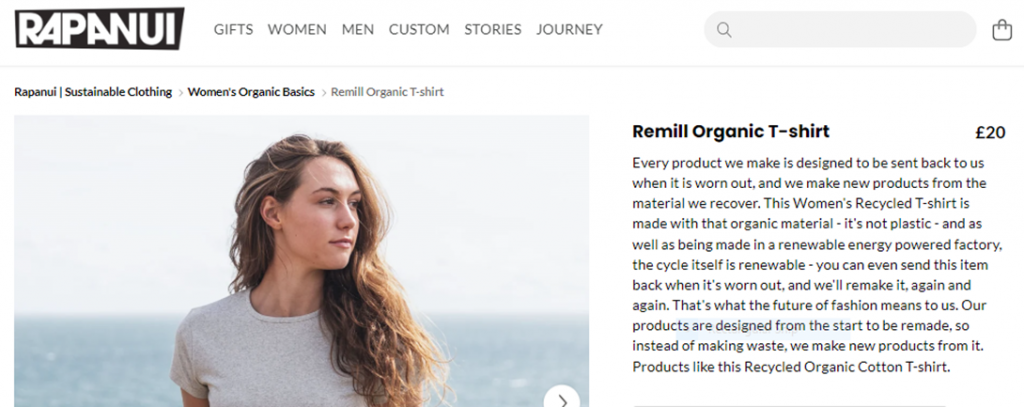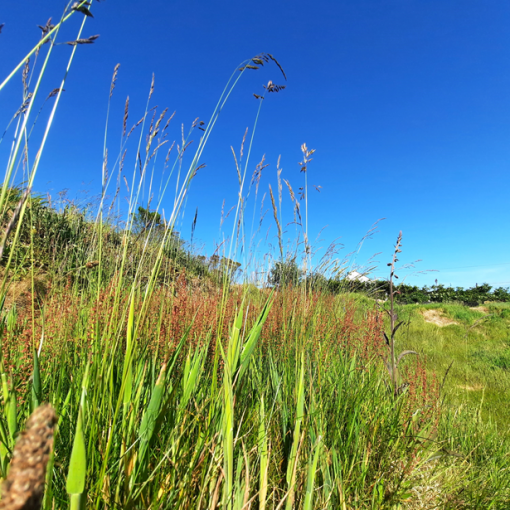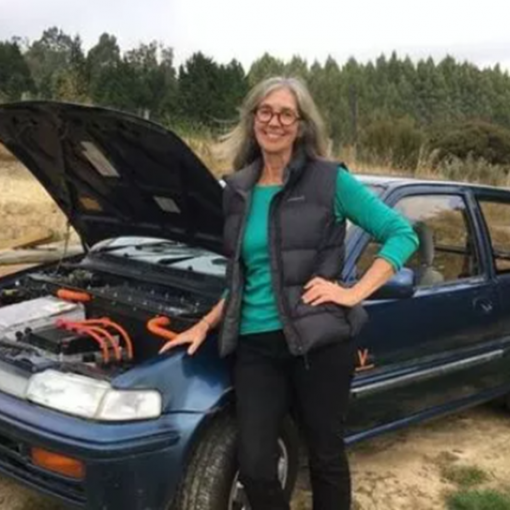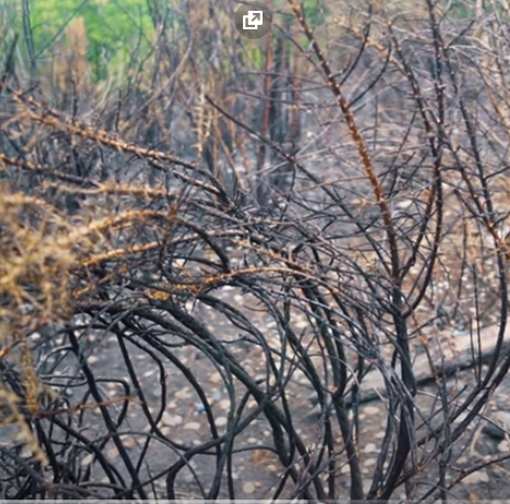9th DECEMBER
- Review of the Earthshot prize and award ceremony; 2) Sustainable Shopping
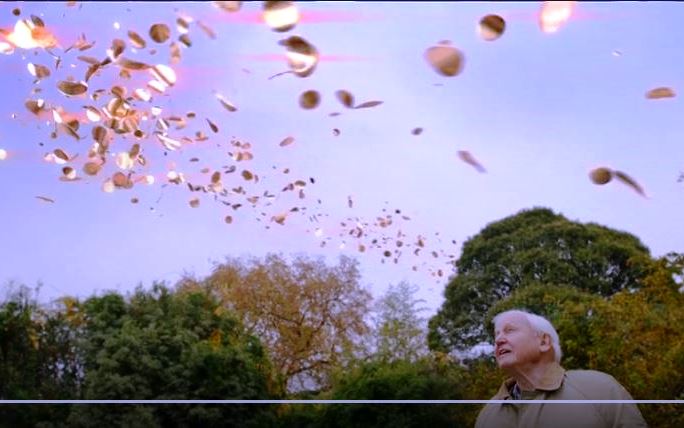
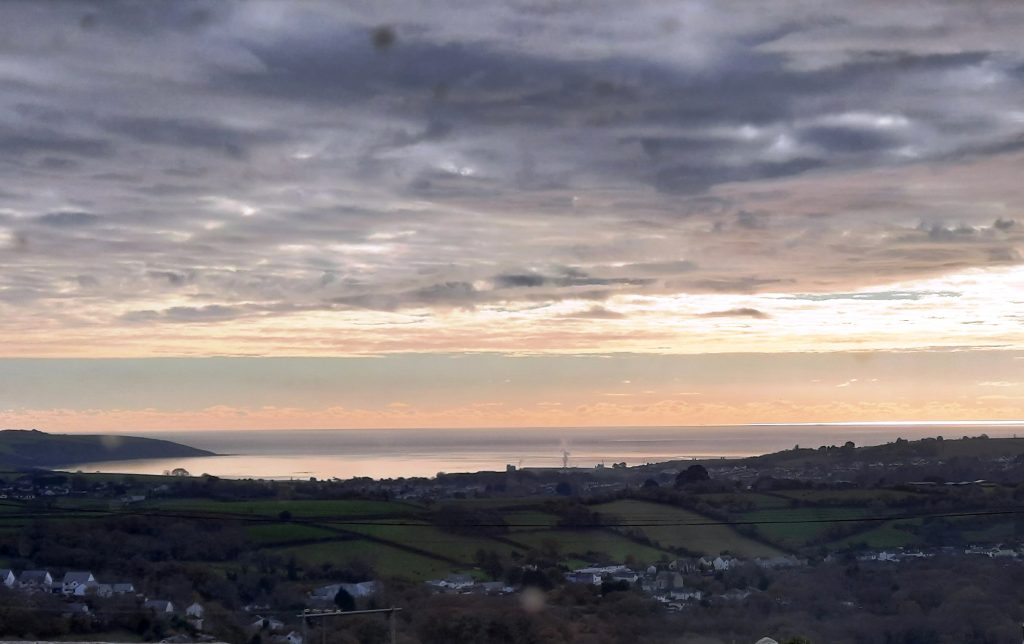
After a seemingly endless spell of remarkable autumn warmth, December arrived with sub zero temperatures and with it came the Earthshot Award Ceremony. Did you see it? How did it come across to you? I confess to being very disappointed. The stories I hoped to hear, of the work done in the past 12 months by the 5 winners each making use of £1m, those stories should have been at the forefront. Instead, it was a shiny, trivial ‘show’ where the clothes (do I believe the ladies all wore pre-loved dresses??), the music and lights effects eclipsed the seriousness that should have been at the core.
I particularly hated the spinning gold discs, which flew across every beautiful image of nature .. presumably to represent high finance but they simply added to the sense of something quite fake.
As the programme did not look back at progress since the first event, I decided to do some research of my own.
Comparison of 2022 winners with those who were chosen in 2021
The Earthshot Prize to Protect and Restore Nature
This year the winner was Kheyti, India, for their pioneering solution of small greenhouses for local smallholder farmers to reduce costs, increase yields and protect livelihoods in a country on the frontlines of climate change.
The elements that are most interesting here are using 90% less water (compared with farming in the open) and growing 7 times more food. If the claims about ‘Greenhouse in a Box’ are true and the scaling-up can be achieved, this will be an excellent choice of winner.

LAST YEAR’S Republic of Costa Rica – Website gives an update with progress in it.
The results were extraordinary. By compensating Costa Ricans to plant trees and restore ecosystems, its forests doubled in size, flora and fauna thrived, leading to a boom in ecotourism that has injected $4billion to the economy.
Since winning the Prize to Protect and Restore Nature, Costa Rica continues to be a leader, driving the global environmental agenda, signing an extension of its marine reserves into law which has increased its protected marine area from 3% of its ocean territory to the High Ambition Coalition target of 30%. This prompted the Bezos Earth Fund to provide additional grants totalling $30M to support organisations working in Costa Rica, Colombia, Ecuador and Panama to strengthen the Eastern Tropical Marine Corridor at the UN Oceans Conference.
CONGRATULATIONS Costa Rica!
The Earthshot Prize to Clean Our Air
Mukuru Clean Stoves, Kenya: A start-up providing cleaner-burning stoves to women in Kenya to reduce unhealthy indoor pollution and provide a safer way to cook. charcoal, wood and sugarcane together burns cleaner, creating 90 percent less pollution than an open fire and 70 percent less than a traditional cookstove. They are cheaper too, costing just $10 and halving ongoing fuel costs.
MY COMMENT Impressive small group, powerful lady at the helm and an all-female team of sales agents for stoves made of recycled metal.
LAST YEAR’S Takachar in India No reports of progress
Takachar had developed a cheap, small-scale, portable technology that attaches to tractors in remote farms. The machine converts crop residues into sellable bio-products like fuel and fertilizer. There is no update on the website and even more strange, no mention of their being awarded the prize in 2021. This is not very impressive! https://www.takachar.com


The Earthshot Prize to Revive Our Oceans
Indigenous Women of the Great Barrier Reef, Australia: Another inspiring women-led programme that combines 60,000 years of indigenous knowledge with digital technologies to protect land and sea. One of their priorities is to preserve sea grass, which
MY COMMENT The decision to focus again on a small group, all female, may be unwise as this set up seems only relevant in Queensland. However, as one of their priorities is to preserve sea grass, that could be linked with other areas doing likewise, such as West Cornwall!
Linking together all areas of sea grass regeneration would be excellent but I also perceive another lost opportunity, which would be to involve the previous 2021 winners in the Bahamas. Their methods of selecting the most resilient corals and re-planting them, surely could be used in Australia also?
LAST YEAR’S Coral Vita in Bahamas This one is being honest about the challenge and the knock-back it has experienced.
A year after Sam Teicher and Gator Halpern launched Coral Vita’s first facility in Grand Bahama, Hurricane Dorian’s record-breaking storm-surge destroyed their coral farm. The experience brought home the extent of the climate emergency and strengthened their resolve to protect our reefs.
Using an innovative commercial model to fund ecosystem-scale restoration, Coral Vita incorporate cutting-edge methods to grow coral up to 50 times faster than nature and improve their resilience to the impact of climate change.

https://www.coralvita.co/about-us Best thing about this process is the way it develops greater resilience in the coral that is put back to re-grow.
The Earthshot Prize to Build A Waste-Free World
Notpla, United Kingdom: A circular solution creating an alternative to plastic packaging from seaweed, to replace over 100 million plastic coated containers in Europe in the future.
MY COMMENT Relies on extensive farming of seaweed. We know that seaweed grows very quickly, but could this level of harvesting have a negative impact on the ocean environment? Eventually I found a detailed study, to help understand the potential of this new industry – https://www.seaweedeurope.com
There is a mass of information in this document, which I hope to review and explain more fully next year. For now, this is a snippet of conclusion, showing awareness of the dangers of huge exploitation:-
In short, there is a unique opportunity – indeed a responsibility – to create a seaweed industry which includes people and planet as part of the growth story from the outset. In doing so, the sector could become a paradigm for a new type of sustainable industry, the type which must play a central role in our “new normal” as we adapt for the future.
LAST YEAR’S City of Milan No reports of progress
Milan is the first major city to enforce a city-wide food waste policy encompassing public agencies, food banks, charities, NGOs, universities and private businesses. And it is working. Today (not dated, could still be from last year) the city has three Food Waste Hubs, each recovering about 130 tonnes of food per year or 350 kg per day, an estimated 260,000 meals equivalent.
I wasn’t too impressed by this one last year. And definitely not convinced now as there is no update or sign of achievements.
The Earthshot Prize to Fix Our Climate
44.01, Oman: Childhood friends who have developed an innovative technique to turn CO2 into rock, and permanently store it underground. It can take many years to mineralise even a small amount of CO2. 44.01 accelerates the process by pumping carbonated water into seams of peridotite rock deep underground.
MY COMMENT This could be quite an interesting one to watch.
It is the same technology I wrote about in the blog August 6th 2021, only I was writing then about olivine, this is a slight variation:-

Peridotite forms much of Earth’s mantle. It contains at least 40 percent olivine and some pyroxene. There is a slight difference in structure between olivine grains and the pyroxene grains in peridotite, which can be seen under a magnifying glass.
LAST YEAR’S ‘Enapter’ in Thailand and linked with Germany and Italy
Enapter’s AEM Electrolysers turn renewable electricity into green hydrogen: an emission-free gas with diverse energy applications.
Unclear what the progress has been since 2021. Would hope that the examples below are up to date.
Developed quicker and cheaper than once thought possible, this isn’t the technology of the future, it’s at our fingertips today. Enapter’s electrolysers are already sold in 50 countries. They enable carbon-free ammonia production in the United State. They fuel planes in Britain, unlock energy storage in Australia and heat homes in Holland, to name just a few uses.
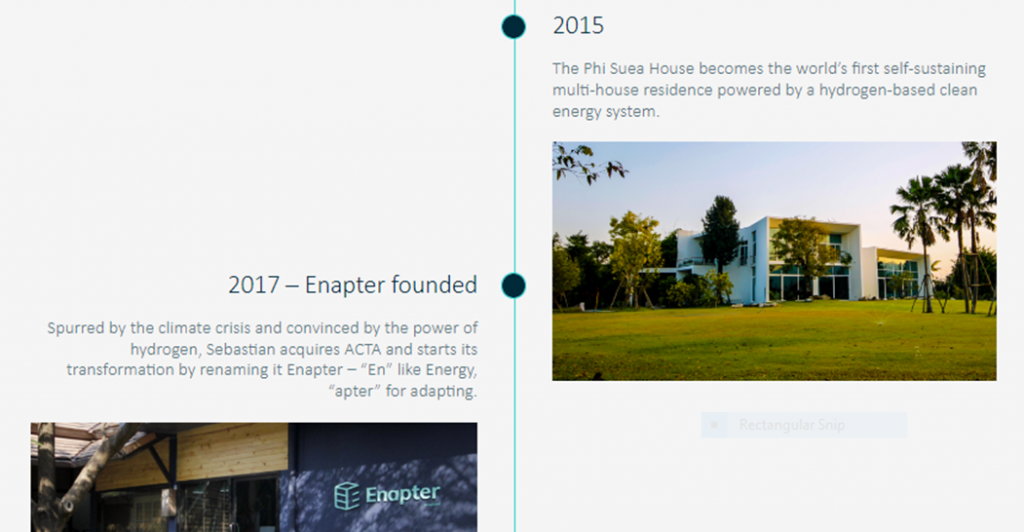
Evershot Prize My final word
In most cases, it seems the people who are chosen as winners are brilliant, passionate pioneers. They need to be supported by experts who can strengthen their business model and scale up the operation. The progress of each business should be reviewed and results shared every year. Instead, the world is seeing £s go into the trivial glamour of a ceremony that sets a completely wrong tone.
SUSTAINABLE SHOPPING
As another season of shopping for Christmas arrives, it must be time to re-visit this topic, which coincidentally has been included in a recent survey to find the most responsible European country, in terms of sustainable shopping.
From mending your old clothes to buying local produce, there are plenty of ways to shop sustainably. Doing so is an environmental imperative. For instance, the fashion industry is responsible for more than 10 per cent of carbon emissions and consumes approximately 100 million tonnes of oil every year. Around a third of the world’s food ends up rotting in landfill before it can be eaten.
Thankfully, consumption habits are beginning to shift. A new study has ranked Europe’s 30 most populous countries on their environmental shopping habits. Top of the list was Finland – this is largely because of its excellent SDG or sustainable development goals score, at the top of all 193 UN member states. The Scandinavian country also reduced its consumption footprint by more than a fifth between 2010 and 2020.
At the other end of the spectrum, Malta ranked as the worst country for sustainable shopping.
There is one area where the UK comes out on top, far ahead of Finland, and that is 2nd hand items, especially clothing. We have the most flea markets across Europe, with 1,300 flea markets catering to our population of 68 million people.

A reader had recently sent me info on a sustainable clothing company in South Wales, but when I went on the web page it was not sufficiently clear to me who was making the garments at make-land.com, why materials were chosen and how they were being used. I could certainly see that the prices were high and the style was young! https://make-land.com/collections/sale
What else is there available, for UK buyers?
Well, I like the look of Community Clothing.co.uk because you can follow the trail, from first stage to last of manufacture, all based in this country. Again, the prices are not low.

My third and best choice is https://rapanuiclothing.com/our-story/
a really interesting one, totally the opposite of Earthshot. No glitz or glamour to the presentation, just one man in his TED talk. Here are a few snippets, to explain their journey:-
The more we used clean materials, the more we used renewable energy seems like the more expensive things got.
When we visited the clothing factories, like this, we saw one thing everywhere … waste. And I am not just talking piles on the floor. I mean the 40% of materials that are made and go straight to landfill. The cause of this is simply a common element of the fashion industry, which involves guessing future demand and getting it wrong. That’s why we now only make to order, in just a few minutes. It is quite simple, using all the digital systems in our bespoke little factory on the Isle of Wight.
By eliminating waste, the company can produce and sell at reasonable prices. There is a nice range of new clothing, but for women also a few recycled. Within every garment they also provide a scannable code, so you can send it back for re-cycling, by Freepost! And finally, they have offered the entire design system as open-source, free to be adapted by anyone in the fashion business. That’s brave!
